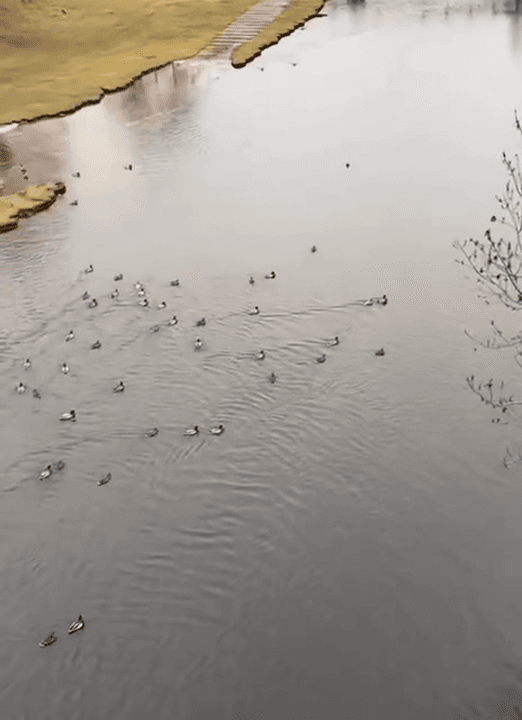
Taxidermy Is Art. No Debates Needed. 🎯 I hunt because I love nature. I mount trophies because I respect it. Taxidermy isn’t some weird obsession or macho flex. It’s the way I capture the wild — raw and honest. That moment when I locked eyes with a rutting buck, or the adrenaline when the boar came crashing through the thicket… a picture fades. A head mount? That’s memory solidified. That’s real. Some folks say it’s just “stuffed animals.” Yeah? Then you’ve never watched a true taxidermist breathe life back into glass eyes and cured hide. It takes more than glue and foam — it takes knowledge, precision, and soul. That’s craftsmanship. That’s art. These trophies on my wall? They aren’t kills. They’re chapters. They’re why I remember every sunrise I froze through, every footprint I followed, every time I sat in complete silence — just waiting. I don’t do it for show. I do it because the wild deserves to be remembered properly. Call it what you want. I call it respect in its purest, most tangible form.
Post: 7 July 20:05














































